When I first peered under the hood of a Les Paul, I encountered a labyrinth of wires and pathways that seemed more art than science. The secret to unlocking the versatile tones of these legends lies in the wiring—and particularly in the technique known as split coil. It’s a concept that sounds simple yet transforms the soulful roar of a Les Paul into a symphony of soundscapes. My journey in lutherie has taught me to appreciate these intricacies, and today, harnessing the creativity offered by vintage wiring is more relevant than ever. As we dive into this Les Paul wiring diagram, I’ll guide you through not just the how, but the why. Why, for instance, would one dive into the guts of their prized guitar and opt for a split coil modification? Here’s where it all starts—your quest for sonic perfection begins as we unravel the vintage mysteries of Les Paul wiring.
What is a Split Coil?
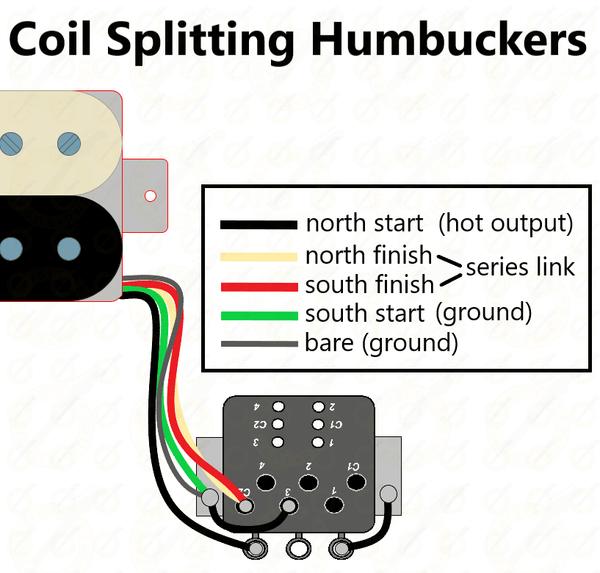
As someone who has spent countless hours researching and experimenting with pickup configurations, I’m always drawn to innovations that expand a guitar’s capabilities. Did you know that a split coil can radically change your guitar’s tonal palette? This revelation alone might spark your curiosity about the vintage Les Paul wiring we cherish.
But what exactly is a split coil, and why does it play such a pivotal role in expanding your tonal options? In essence, a split coil involves modifying a humbucker pickup to function as a single coil. By interrupting the connection between the two coils, a split coil activates only one. This results in a thinner, brighter tone reminiscent of classic single-coil pickups, offering a crisp sound usually absent in traditional humbucker configurations.
My fascination with split coils began when I first realized the potential for achieving both the robust sound of a humbucker and the bright clarity of a single coil—all within the same instrument. This versatility can transform your playing experience, allowing you to switch effortlessly between rich, warm tones and sharper, more articulate sounds. Every guitar, particularly those with a legacy as rich as a Les Paul, deserves to reach its fullest sonic expression, and split coils are an invaluable tool in that journey.
Why Upgrade Your Wiring?
Enhancing Sound Quality
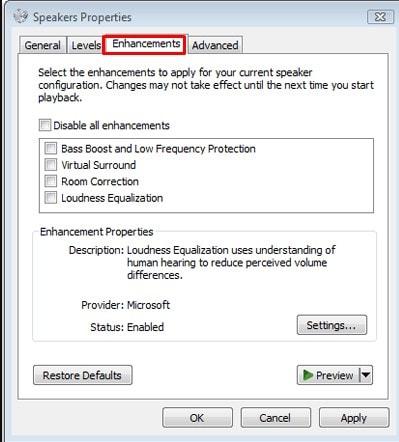
What if the secret to a more dynamic sound lies within your guitar’s wiring? As we delve into the nuances of vintage Les Paul wiring, I’ve discovered that humbucker wiring and guitar tone control are crucial in shaping the sound clarity and richness of your instrument. By upgrading your wiring, you tap into a realm of enhanced auditory experience, elevating each note’s resonance. My journey in guitar acoustics has shown that thoughtfully implemented wiring techniques can significantly improve your sound quality. This ensures your Les Paul not only maintains its vintage allure but also echoes with newfound vivid harmonics and crispness.
Importance of Wiring Types

Could choosing between 50s and modern wiring style be the key to unlocking your guitar’s potential? Over years of lutherie research, I’ve discovered how pivotal wiring types are in the symphony of your Les Paul’s character and warmth. When upgrading your guitar’s wiring, understanding the nuanced differences between the 50s wiring style and modern wiring is crucial. The 50s wiring style, with its intricate capacitor placements, can infuse your sound with rich, vintage warmth, transforming even the most ordinary riffs into soulful melodies. Conversely, the modern wiring plays its role by offering versatile tonal clarity, suiting diverse playing styles. By delving into these foundational choices, you don’t just enhance sound quality, but you truly liberate the authentic voice of your vintage Les Paul.
How to Create a Split Coil Wiring Diagram
Understanding Pickup Configurations
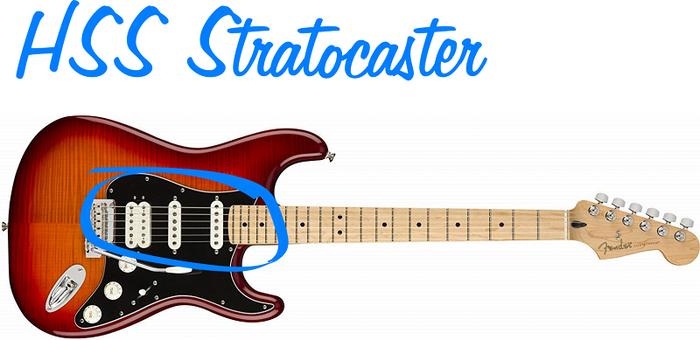
How does the pickup configuration influence sound and electrical response in your guitar? As a guitarist with a deep passion for vintage tones, I’ve spent countless hours dissecting Les Pauls to understand how pickup configurations can dramatically reshape your instrument’s voice. In crafting a split coil wiring diagram, recognizing the intricacies of humbucker wiring and its configurations is essential. Pickup configurations fundamentally dictate the sound texture—impacting everything from clarity to warmth, while they also affect the guitar’s electrical response.
Different configurations can alter the phase and impedance, directly affecting your output and tone. This understanding helps in crafting a wiring diagram that not only works on paper but brings your desired sound to life. With my engineering background, I’ve explored how these variations echo principles of acoustics, drawing parallels to how an acoustic chamber behaves. Mastering this knowledge empowers you to create tailor-made sounds, enriching the playing experience and expanding your tonal palette. As we delve into using push-pull switches, the journey to optimizing your Les Paul’s wiring continues with even greater possibilities.
Using Push-Pull Switches
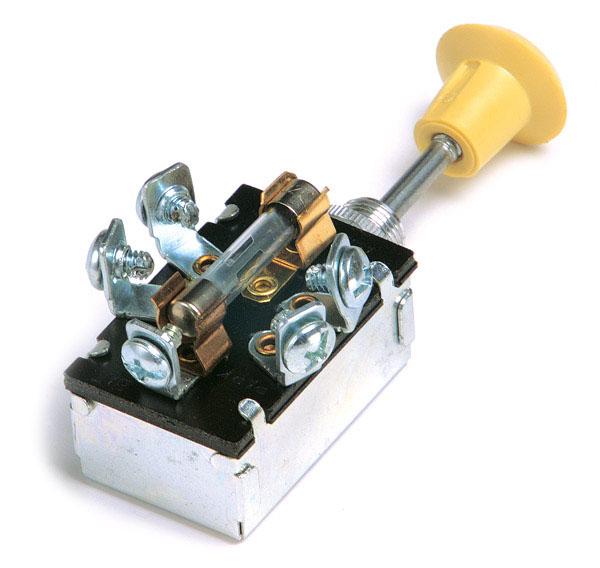
What if a simple switch could exponentially expand your tonal options? That’s precisely what a push-pull switch offers to guitarists looking to maximize their instrument’s potential through coil tapping. In my years of modifying guitars, I’ve come to appreciate how integrating a push-pull switch into a split coil wiring diagram can transform a traditional Les Paul into a versatile powerhouse. It’s like having a secret weapon hidden in plain sight.
When crafting a split coil wiring diagram, it’s crucial to understand when and how to use these switches. The push-pull mechanism allows precise control over coil tapping, which essentially means selecting which coil of a humbucker to activate. This opens up various sonic possibilities, giving you access to the classic humbucker tones and single-coil clarity within the same pickup configuration. Mastering the placement and wiring of push-pull switches can significantly enhance the guitar’s sound palette without making intrusive modifications.
Incorporating this simple yet effective tool not only broadens your tonal arsenal but also brings out hidden depths in your instrument’s voice. From my practical experiences, I can assure you that this knowledge is indispensable for anyone serious about vintage Les Paul modifications. Next, we’ll delve into tips for effective wiring modifications, ensuring you harness the full potential of your upgraded setup.
Tips for Effective Wiring Modifications
Safety Precautions

Are you aware of the critical safety precautions every guitarist should follow when modifying their instrument? As someone with an engineering background, I can’t stress enough how essential it is to prioritize safety during wiring modifications—especially with vintage Les Paul models.
Engaging with guitar electronics requires more than curiosity; it demands a deep understanding of potential risks. Always disconnect your guitar from any power source before you begin. Beyond just avoiding electrical shock, this step ensures the integrity of your instrument’s wiring remains uncompromised.
Additionally, using insulated tools can dramatically reduce the risk of accidental short circuits. This is not merely precautionary—it’s about cultivating an environment where you can explore the intricacies of split coil wiring without the stress of potential damage. Following these guidelines not only protects you but also preserves the timeless charm of your gear.
Maintaining Your Guitar
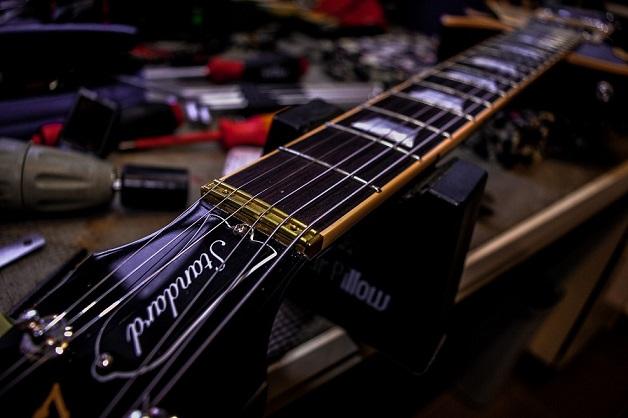
How can regular maintenance prolong the life and tone of your beloved guitar? With decades of experience fine-tuning vintage Les Pauls and their intricate wiring, I can attest that maintenance is not just a routine—it’s a cornerstone of preserving your instrument’s voice. Regularly cleaning and checking your guitar’s components ensures that the guitar tone control remains sharp and responsive, particularly in vintage wiring setups. Dust and corrosion can silently erode sound quality, especially in the delicate pathways of split coil designs. By staying attentive to your guitar’s physical condition, you’re safeguarding its historical essence and sonic brilliance, allowing it to inspire future performances seamlessly.
FAQs
What is the vintage Les Paul wiring?
How does split coil wiring work in a Les Paul guitar?
Why should I consider split coil diagrams for my Les Paul?
Conclusion
Are you ready to elevate your guitar-playing experience with vintage wiring techniques? After delving into this comprehensive guide, I trust you’re now well-equipped to make informed decisions about your guitar electronics. From understanding the intricacies of split coil diagrams to embracing the benefits of vintage wiring, the path to transforming your guitar’s tone has never been clearer. By leveraging these time-tested techniques, you’re not just upgrading your instrument’s sound—you’re enhancing your personal artistry.
The insights shared throughout this journey underscore how crucial the right wiring and push-pull switches are in shaping your musical expression. Vintage wiring allows you to craft a unique and desired tone, giving you a unique connection to your playing style. By embracing these modifications and maintaining mindful guitar care, you can unlock endless possibilities in sound quality. Join me in keeping this rich tradition alive, ensuring your music echoes through the ages.

R.M. Mottola, an engineer-turned-luthier, revolutionizes stringed instrument design with his deep focus on acoustics and ergonomics since 1994. As editor of the Savart Journal and a key contributor to American Lutherie, Mottola merges science with artistry in lutherie. He enriches the field with his extensive knowledge, shared through his Liutaio Mottola website, making him a beacon in the world of modern instrument craftsmanship.
